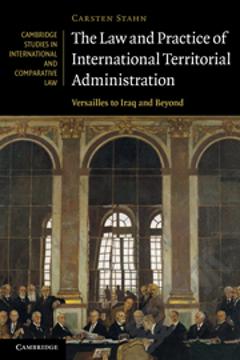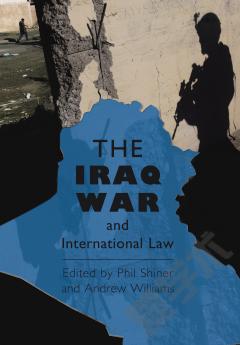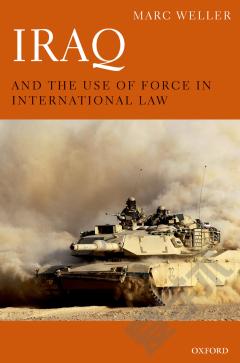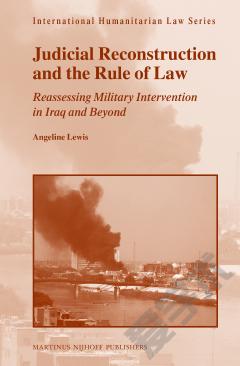The Law and Practice of International Territorial Administration: Versailles to Iraq and Beyond
Introduction Part I. The Historical and Social Context of International Territorial Administration: Introduction 1. The concept of internationalisation 2. The mandate system of the League of Nations 3. The United Nations trusteeship system 4. Post-war occupation 5. UN territorial administration and the tradition of peace-maintenance Conclusion - international territorial administration: an independent device with a certain normative heritage Part II. The Practice of International Territorial Administration - A Retrospective: Introduction 6. International territorial administration as a means of dispute settlement - the post-war experiments of the League of Nations and the United Nations 7. From the post-war period to the end of the Cold War: the use of international territorial administration as an ad hoc device 8. The systematisation of international governance 9. The 'light footprint' and beyond 10. A conceptualisation of the practice Part III. The Foundations of International Territorial Administration: 11. The legality of international territorial administration 12. The legitimacy of international territorial authority Part IV. A Typology of Problems Arising Within the Context of International Territorial Administration: 13. The legal status of the administered territory 14. The status of international administering authorities 15. The exercise of regulatory authority within the framework of international administrations 16. The relationship with domestic actors Part V. International Territorial Administration at the Verge of the 21st Century - Achievements, Challenges and Lessons Learned: 17. Strong on concept, imperfect in practice: international territorial administration as a policy device 18. International territorial administration and normative change in the international legal order.
{{comment.content}}








 京公网安备 11010802027623号
京公网安备 11010802027623号